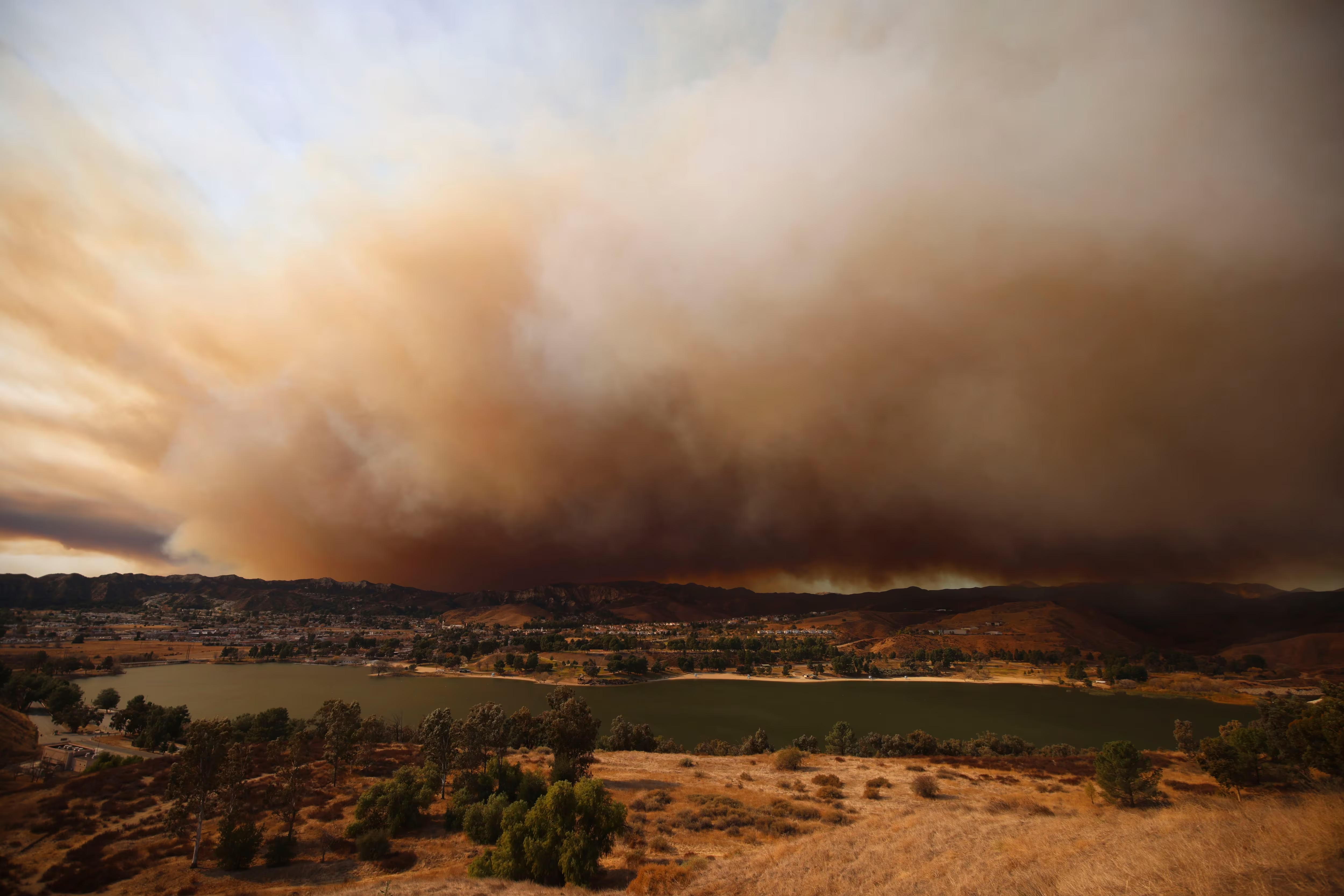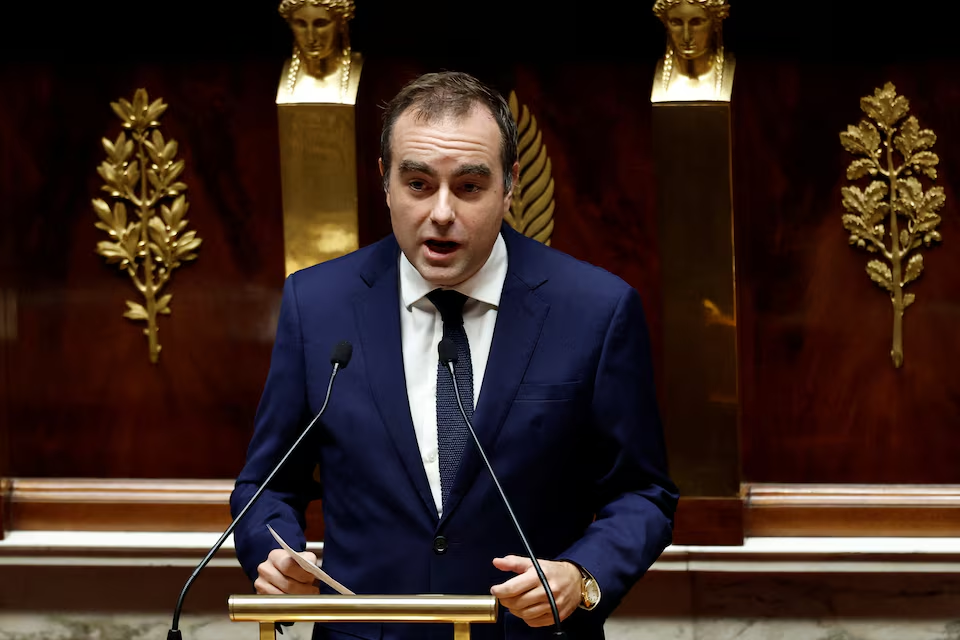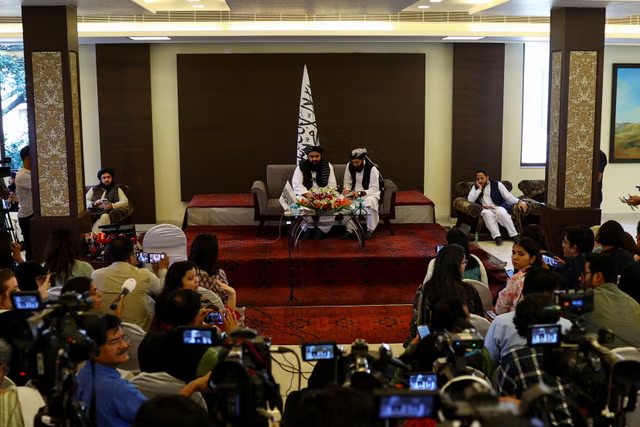Rain in Southern California Brings Hope for Wildfire Control, Raises Concerns of Mudslides and Toxic Runoff
Rainfall in Southern California has provided much-needed relief in the battle against wildfires in Los Angeles and its surrounding areas. However, it has also increased the risk of mudslides and toxic sludge runoff in regions already affected by the fires.
Rain in Southern California Brings Hope for Wildfire Control, Raises Concerns of Mudslides and Toxic Runoff
Rain in Southern California Brings Hope for Wildfire Control, Raises Concerns of Mudslides and Toxic Runoff
Rainfall in Southern California has provided much-needed relief in the battle against wildfires in Los Angeles and its surrounding areas. However, it has also increased the risk of mudslides and toxic sludge runoff in regions already affected by the fires.
The US National Oceanic and Atmospheric Administration (NOAA) warned that rainfall over burn-scarred areas could trigger flash flooding and debris flows. This warning applies to areas impacted by the active Palisades, Eaton, and Hughes wildfires, as well as regions burned by the Franklin, Hurst, and Bridge wildfires that were contained last September.
Joe Sirard, a meteorologist with the National Weather Service in Los Angeles, stated, “Recently burned areas are extremely vulnerable. Even light rainfall can lead to rapid mud and debris flows.”
In the past 24 hours, Los Angeles International Airport recorded 2.5 centimeters of rainfall. The Santa Monica-Malibu Unified School District has temporarily closed several schools due to dangerous road conditions and accessibility challenges.
Additionally, a portion of the Pacific Coast Highway was closed on Sunday afternoon following mudslides in Topanga Canyon.
Officials have also expressed concerns about the toxic runoff from burn areas, which could contain hazardous materials such as burned vehicles, batteries, construction debris, pesticides, asbestos, plastics, and lead.
Despite these risks, the rain is proving to be a boon for firefighters. The Palisades wildfire is now 90% contained, the Eaton wildfire 98% contained, and the Hughes wildfire 95% contained.
Experts have highlighted that drought conditions in California, exacerbated by climate change, have significantly increased the frequency and severity of wildfires. Southern California has experienced extreme drought since December, with warm, dry Santa Ana winds further fueling the fires.
Meanwhile, US President Donald Trump visited California last week, criticizing Democratic leaders for their handling of the crisis. He falsely claimed that insufficient water was provided from the northern regions of the state to combat the fires. Trump also issued an executive order granting federal agencies the authority to bypass state water management practices if deemed ineffective.
Authorities continue to urge residents to remain vigilant regarding potential mudslides and toxic runoff caused by the rain.










